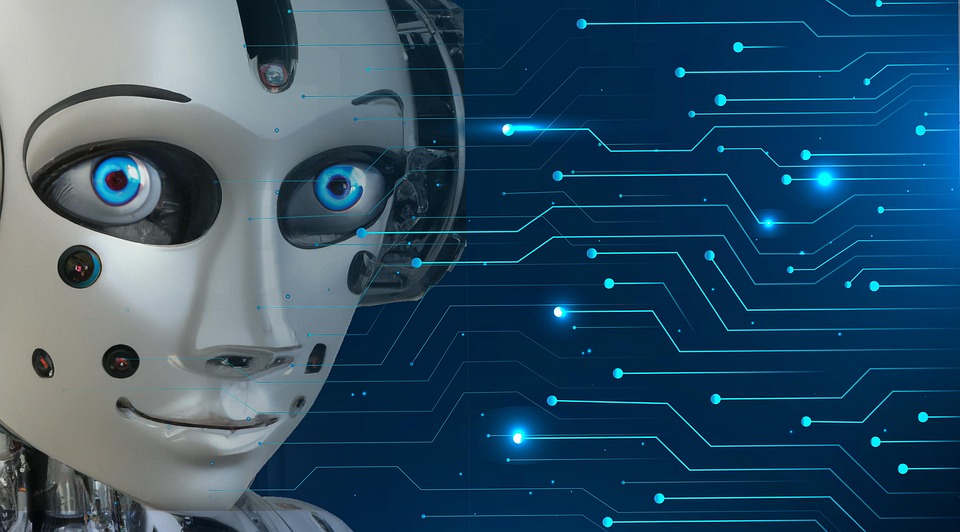As urban populations continue to swell, the challenge of creating sustainable, efficient, and livable environments intensifies. The concept of smart cities has emerged as a promising solution, leveraging advanced technologies like the Internet of Things (IoT) to redefine urban living. By integrating connected devices and data analytics, smart cities aim to improve city management, enhance quality of life, and foster sustainability.
What is a Smart City?
A smart city is an urban area that uses technology to enhance performance in various sectors, including transportation, energy, healthcare, and public safety. By leveraging IoT, these cities can collect and analyze data from various sources, enabling them to respond swiftly to changing conditions and the needs of their residents.
The Role of IoT in Smart Cities
1. Enhanced Transportation Systems
One of the most visible impacts of IoT in smart cities is the integration of intelligent transportation systems. Sensors embedded in roadways and vehicles enable real-time data collection on traffic patterns, road conditions, and public transportation usage. This information helps city planners optimize traffic flow, reduce congestion, and minimize travel times. For instance, smart traffic lights can adjust their timing based on real-time traffic data, improving efficiency and safety.
2. Energy Management
Smart cities employ IoT technology to monitor and manage energy consumption more effectively. Smart grids can analyze and balance energy supply and demand in real time, integrating renewable energy sources while minimizing wastage. Smart meters allow residents to track their energy usage and identify ways to reduce consumption, ultimately leading to lower utility bills and a smaller carbon footprint.
3. Waste Management
Waste management in smart cities is transformed through IoT-enabled systems. Smart waste bins equipped with sensors can monitor fill levels and optimize collection routes, reducing operational costs and minimizing emissions from waste collection vehicles. These smart systems lead to more efficient waste separation and recycling practices, contributing to sustainability efforts.
4. Public Safety and Security
IoT technologies enhance public safety through smart surveillance systems, connected emergency response networks, and predictive analytics. Sensors can detect unusual patterns or incidents, notifying law enforcement or emergency services in real time. This proactive approach not only improves response times but also enhances community safety and trust.
5. Improved Healthcare Services
Smart cities can facilitate better healthcare delivery through connected medical devices and telehealth systems. Wearable health monitors can transmit vital data to healthcare providers, enabling timely interventions and personalized care. Public health initiatives can also harness IoT data to identify and address health trends within the community more effectively.
6. Citizen Engagement and Participation
IoT fosters greater civic engagement by enabling citizens to interact directly with city services. Mobile applications can provide residents with real-time information on local events, city services, and infrastructure developments. By collecting feedback through these platforms, city officials can better understand the needs of their constituents and foster more participative governance.
The Challenges Ahead
While the promise of smart cities is substantial, several challenges remain.
Cybersecurity Risks
As cities become increasingly interconnected, the threat of cyberattacks grows, making robust cybersecurity measures essential to protect residents’ data and critical infrastructure.
Privacy Concerns
The collection and analysis of vast amounts of data raise privacy issues. Striking a balance between leveraging data for urban improvement and respecting individual privacy rights is a complex challenge that policymakers must navigate carefully.
Infrastructure Needs
Transitioning to a smart city requires significant investment in infrastructure and technology. Developing countries may face challenges in funding and expertise, necessitating international collaboration and support.
Conclusion
Smart cities present a vision for the future of urban living, one characterized by efficiency, sustainability, and enhanced quality of life. The integration of IoT technologies holds the promise of transforming how cities operate and how residents engage with their environments. As cities begin to adopt these innovations, the goal must be to ensure inclusivity and address potential challenges, paving the way for smarter, more resilient urban landscapes for generations to come.
In an age where cities are increasingly becoming the hubs of innovation and economic activity, embracing the IoT-driven smart city paradigm is not just an option; it is an imperative.



